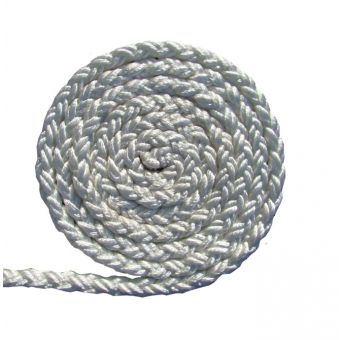It’s all very well investing in your perfect launch or sail-boat, but when it comes to day-to-day usage – especially when you’re island-hopping or overnighting – you’re going to rely a great deal on your tender.
When choosing what’s best for you, it’s well worth while talking to people who own similar boats to yours and who use them in similar ways. They’ll have a wealth of knowledge and experience about what type works best for them.
However, when you’re weighing up the various makes and models, there are three key considerations: The 3 S’s – Safety, Size, Stowage.
- Safety
Stability, seaworthiness and buoyancy are your key safety aspects for a tender. Inflatable dinghies and rigid inflatable boats (RIBs) offer better stability and carry bigger loads when compared with hard-sided tenders.
Although both inflatables and RIBs double as a life raft in the case of an emergency, there are a number of safety issues to consider. How easy is it to row – especially when it’s windy? Do you need a small outboard? Do you need a hard bottom if you’re likely to encounter puncture-risks such as oysters, rocks or piles? How many people do you need to transport regularly?
- Size
Most inflatables are pretty lightweight compared to RIBs, which have an aluminium hull. This makes them hard to row in anything more than a light wind because they tend to 'sail'. Soft-bottomed boats fitted with small outboard motors also tend to be very wet because they slide over the waves. RIBs fitted with an outboard motor make shore trips – especially when you’re likely to come back with provisions – a much easier task.
On the plus side for inflatables, they are much easier to pull up onto a beach if there’s only one or two of you, and far easier to manoeuvre as the tide comes in or recedes.
- Stowage
In the same way that a soft inflatable won’t keep you awake at night banging against the side of your boat, it’s also the perfect option for offshore sailing and motoring because it can be deflated and stored in a locker. It’s also easily taken home for cleaning or repairs after trips or storage during the off-season.
But just because a RIB is a little bulkier, doesn’t make it overly difficult to stow – you just have to be a little careful you don’t gouge your deck when pulling it on board and make certain it’s not damaged while it’s lashed on deck or towed behind.
For more information on our range of RIBs and rollup dinghies you can phone us on 0800 102041, email us, or Livechat with one of our staff via the website.
